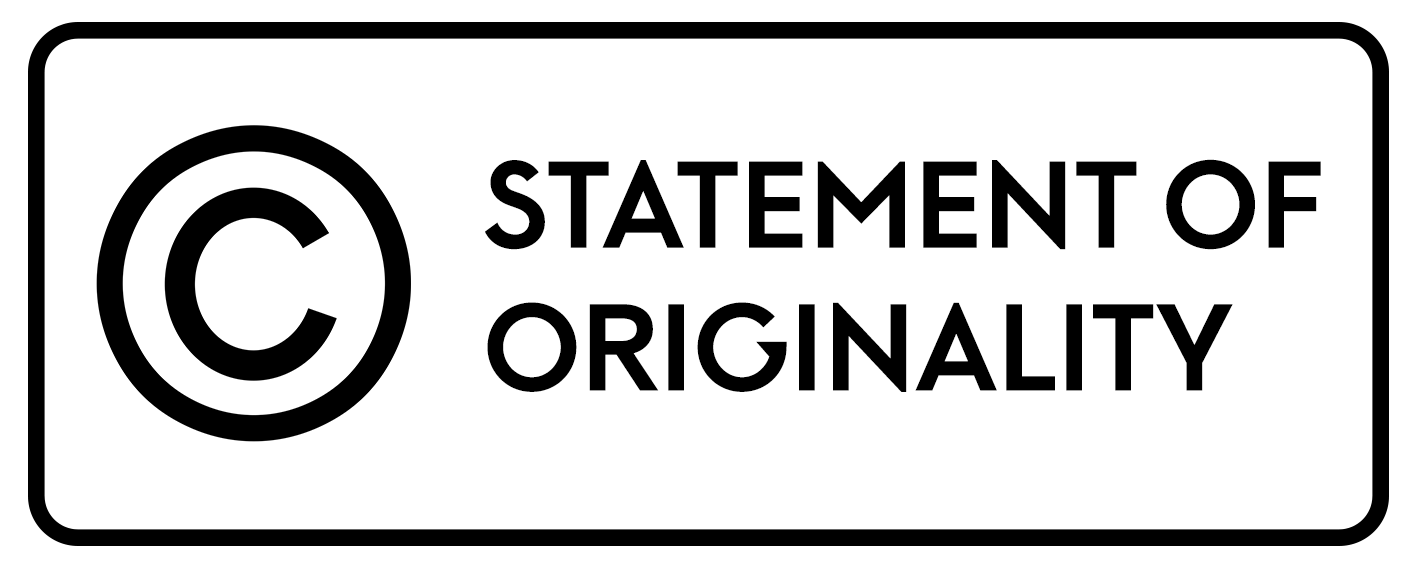THE RIGHT TO SPEAK OR SPEAK IT RIGHT: TEACHING ENGLISH SPEAKING IN INDONESIAN EFL CONTEXT
Abstract
ABSTRACT
In this contemporary world, along with the status of English as an international language to communicate, the teaching of English speaking has become increasingly significant in both ESL (English as a Second Language) and EFL contexts. This paper aims at highlighting and outlining the recent development of teaching speaking of English in Indonesian EFL context, especially in senior high schools. There are three major points discussed in this paper, first it discusses the current status of teaching speaking in Indonesia; second, it depicts the constraints that hinder in teaching English speaking in Indonesia related to native speaker model; and third it provides an explanation about teaching speaking for intercultural communication in Indonesia.
Keywords: Teaching speaking, Native and Non-native speaker, Indonesian EFL context
Keywords
Full Text:
PDFReferences
Alptekin, C. (2002). Towards intercultural competence in ELT. ELT Journal,56(1), 57-64.
Alred, G. M. Byram, et al. (2003). Intercultural and education. Clevedon, England
Atkuna, D. (2005). Intercultural communication in English language teacher education. ELT Journal 59:2 pp. 99-107.
Brutt-Griffler, J. (2002). World English: A study of its development. Clevedon, UK.
Cook, V. J. (ed). (2002). Portraits of the L2 users. Clevedon: England.
Crystal, D. (2003). English as a global language. Cambridge: Cambridge University Press.
Crystal, D. (1997). English as a global language. Cambridge, England: Cambridge University Press.
Harmer, J.(2001). The practice of English language teaching. Harlow: Longman.
Jenkins, J. (2010). World Englishes: a resource book for students. London, Routledge
Kachru, B. B. (1986). The alchemy of English: the spread, functions, and model of non-native Englishes. Oxford: Oxford University Press.
Kirkpatrick, A. (2011). World Englishes: implications for international communication and English language teaching. Cambridge, Cambridge University Press.
Kramsch, C. 1998. Language and culture. Oxford: Oxford University Press.
Lie, A. (2007). Education policy and EFL curriculum in Indonesia: between the commitment to competence and the quest for higher test score. TEFLIN Journal 18:1 pp. 1-14
Medgyes, P. (1992). Native or non-native: who’s worth more? ELT journal 46:4 Oct. pp. 340-349.
Richards, J. C, & Schmidt, R. (2010). Longman dictionary of language teaching and applied linguistics. Pearson Education: Great Britain.
Turner, B. (1990). Teaching formal and informal Bahasa Indonesia to Australian students. Paper Presented to ASILE Conference. Retrieved from http://your.usc.edu.au/wacana/2/formal_informal_90s.html
Ur, P. (2002). A course in language teaching: practice and theory. Cambridge: Cambridge University Press.
DOI: http://dx.doi.org/10.30872/calls.v6i1.1932
Copyright (c) 2020 Chris Asanti

This work is licensed under a Creative Commons Attribution-ShareAlike 4.0 International License.
Editorial address:
Fakultas Ilmu Budaya, Universitas Mulawarman
Address: Jl. Ki Hajar Dewantara, Gunung Kelua, Kec. Samarinda Ulu, Kota Samarinda, Kalimantan Timur, Indonesia 75123
Email: jurnalcalls@fib.unmul.ac.id
Website: http://e-journals.unmul.ac.id/index.php/CALLS

CaLLs: Journal of Culture, Arts, Literature, and Linguistics site is licensed under a Creative Commons Attribution-ShareAlike 4.0 International License
CaLLs: Journal of Culture, Arts, Literature, and Linguistics indexing by:















